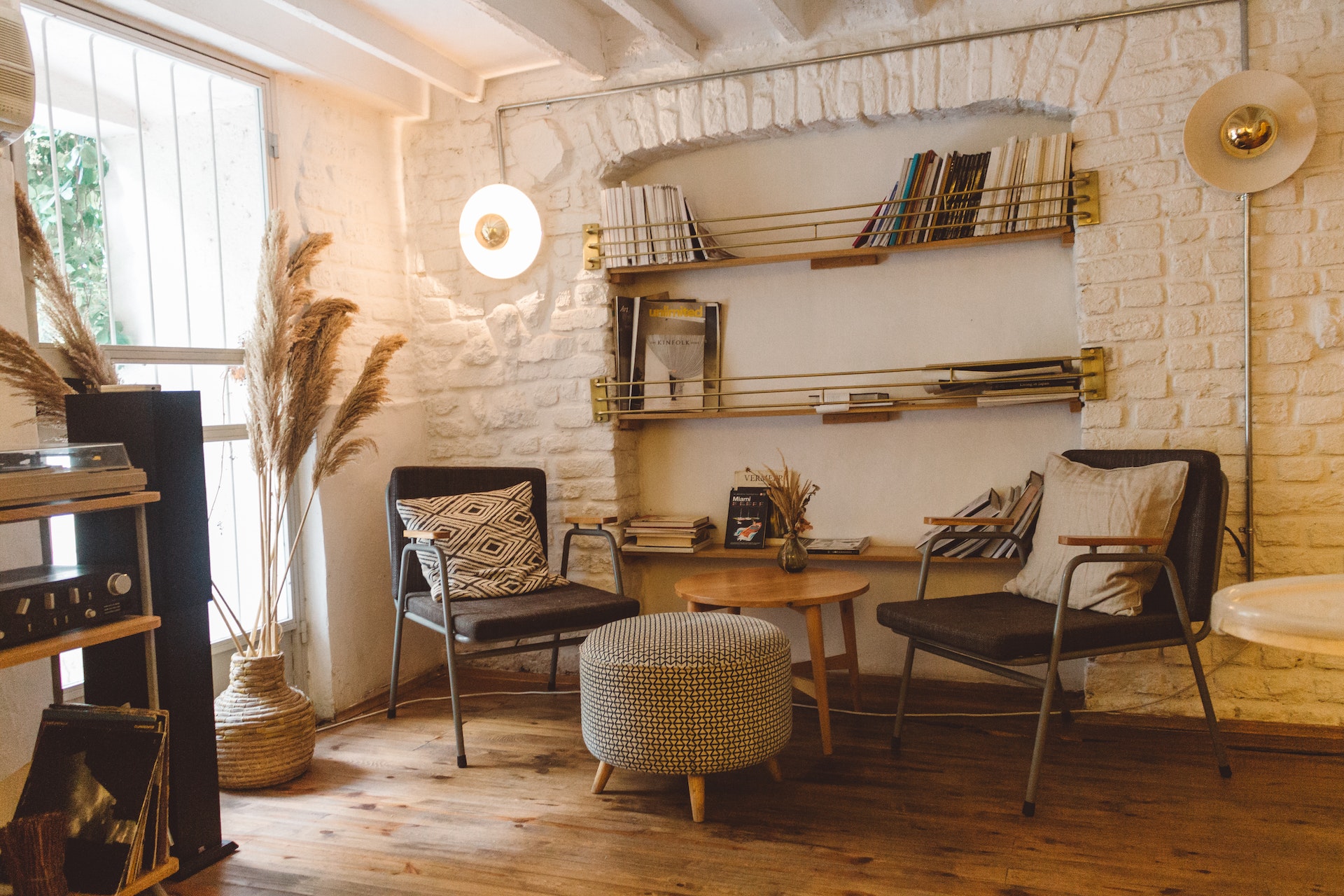JUST HOW TO EASE THE TRANSITION INTO A CARE RESIDENCEJUST HOW TO EASE THE TRANSITION INTO A CARE RESIDENCE
Transferring into a care home can be an emotional period for both the residents and their family. Nevertheless, this change can be turned into a beneficial experience with the following basic tips: See how we can help Beaucare
PERSONALISE THEIR ROOM AND KEEP IT HOMELY.
Place familiar objects around your loved one’s room, such as photographs, ornaments or a favourite chair. This will make their room feel more like home and help them settle in much quicker.
PACK THE BEST CLOTHING AND TOILETRIES.
Try and pack your loved one enough clothing and toiletries for at least 2 weeks. Bear in mind to put a name tag on each item of clothing so that they don’t get mixed up with the washing of other individuals’ in the laundry room. Try to pack toiletries that your loved one commonly uses at home as the familiar smells will help your relative in the settling in procedure.
OFFER THE TEAM LOTS OF RELATED INFORMATION.
The staff at the care property want to help make your loved one’s move into the care home as encouraging as possible. So, before your loved one moves in, give the care home staff some information about your relative’s life so they can use this to create a relationship with their new resident as quickly as possible. This will also help the resident feel more at home if they are able to have conversations with the staff about special occasions in their life.This information could be in the form of highlights about your loved one, or a short story about them as well as photographs of them with family members. Things to incorporate could be: Where did they grow up? When and where did they get married? How many children and grandchildren do they have? What was their line of work?
SPEND TIME AT THE HOME PRIOR TO THEY MOVE IN.
Care home workers often say that residents settle in quicker and loved ones feel more reassured if they spend some time at the care home before moving in. This can trigger your relative to get to know staff members and other occupants and get to know the everyday routines before they move in. This protects against the change from being too much of a shock to the system.
BE THERE FOR THEM THE MOMENT THEY MAKE THE MOVE.
On the day of the move give yourself adequate time to do whatever comes up and be prepped to stick around for the day. Try to finish all forms and important tasks ahead of time so that your time can be spent making your loved one feel as comfortable as possible and making their room feel like home.You’re likely to sense a mix of feelings on this day – relief that your family member is going to be receiving the care they need, sadness that they are leaving behind their home, worry about if they will settle in okay. All of these sentiments are completely normal and easy to understand, but try and be as positive as possible to assure your family member and help them to feel positive too.
We hope this quick guide has been useful and given you some helpful guidance on how to move your loved one into a care home and make it a positive experience for everybody involved.
If you need any more help you can reach us here Patient Care
What is Cupping?What is Cupping?
What is Cupping?

Cupping therapy is a treatment in which heated cups are pressed against the skin to create a localized suction. It has mainly been practiced in Asia, but it is also common in Latin America, Eastern Europe, and the Middle East. However, this form of alternative medicine has been widely condemned by the scientific community as pseudoscience and quackery.
Suction cups are used to create a mild suction
When performing cupping, suction cups are used to draw the skin into the cup and pull the muscles upward. Cups can be used in two different ways to create suction: pressing the plunger into the skin or folding the sides back over to create a stronger suction. For best results, use a silicone or rubber cup. When applying the cup to the skin, apply it to the desired area in long strokes. The suction should stay on for at least two to five minutes before being removed. A mild redness may occur in some areas. If you experience this, you should check your skin and reapply the suction.
Suction cups are designed to create a mild suction on the skin. They are made of glass, bamboo, earthenware, or silicone. The suction is designed to draw toxins and other fluids to the surface of the body. While suction cups may cause a mild sensation, they are not uncomfortable. Most people describe the sensation of the suction as soothing and relaxing.
They may cause skin discoloration
Cupping singapore is a technique used in oriental medicine for many purposes including diagnosis, treatment, and prevention. The treatment works by discharging toxins that build up in the body. Some of these toxins may cause skin discoloration. In some cases, discoloration will disappear within a few treatments.
The marks left by cupping are circular in shape and may range from pink to red or purple. They may last three to seven days. The marks fade over time depending on the person. They also vary in color based on the person’s overall health and the condition of their skin at the time of treatment. Repeated cupping sessions will reduce the marks’ appearance.
In rare cases, skin discoloration may occur following cupping. The technique creates suction on the skin, creating a unique sensation. The sensation initially feels like tight pulling, but can eventually become relaxing. However, the discoloration may not be the same as a bruise. A bruise, on the other hand, is a result of broken capillaries from an impact. In addition, bruises are often deeply coloured and sensitive to touch.
They may relieve pain
Cupping is an ancient Chinese therapy that relies on the suction caused by heated cups on the skin. It stimulates the release of nerves and enhances blood flow in the affected area. Acupuncturists have found that cupping has a positive effect on reducing pain and improving health. There are three main types of cupping techniques.
The systematic review included seven RCTs that investigated the effect of cupping. The study excluded trials that used other treatments for pain or did not report pain as a central symptom. Although the study found some evidence that cupping may reduce pain, the number of trials is small and the quality of the included studies was low. More studies are needed to determine whether cupping can significantly alleviate pain. Another effective way is to acupuncture singapore.
Cupping is thought to improve blood circulation around the affected area, thus relieving muscle tension. It may also stimulate the parasympathetic nervous system, which relaxes muscles and improves pain symptoms. However, the amount of research available suggests that the mechanisms responsible for cupping’s pain relief may vary.


